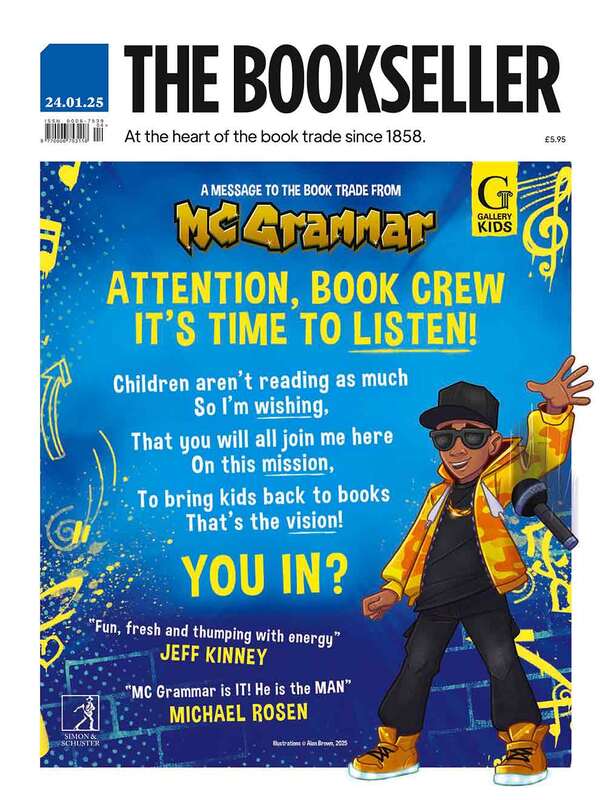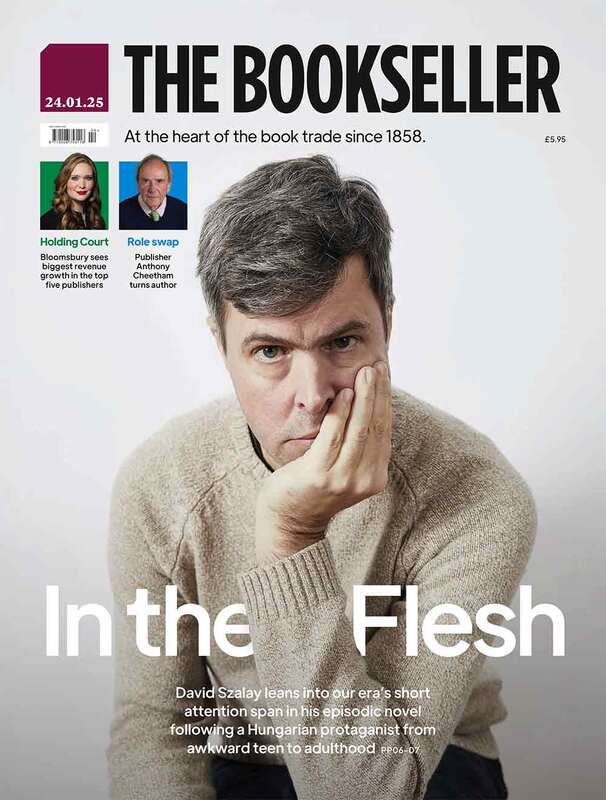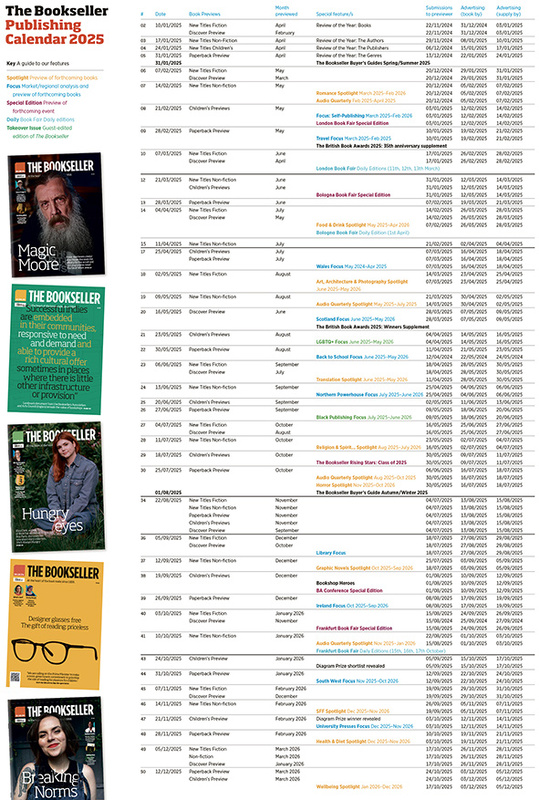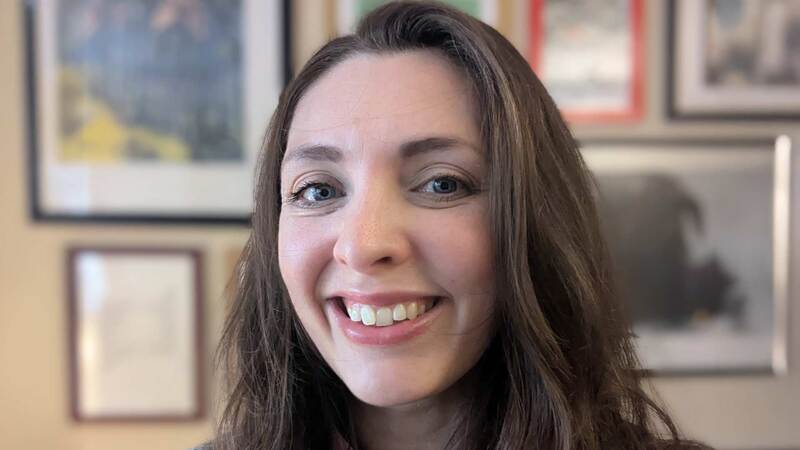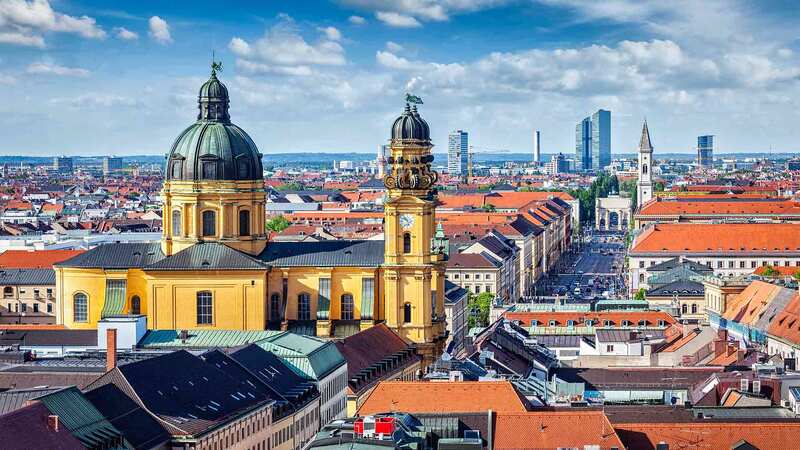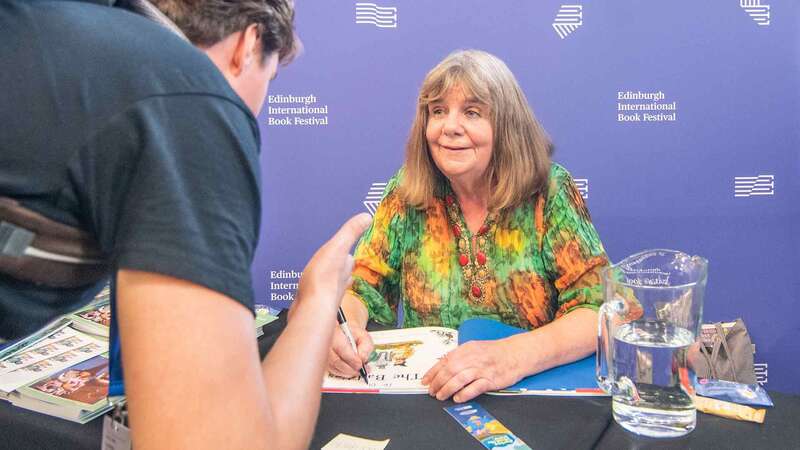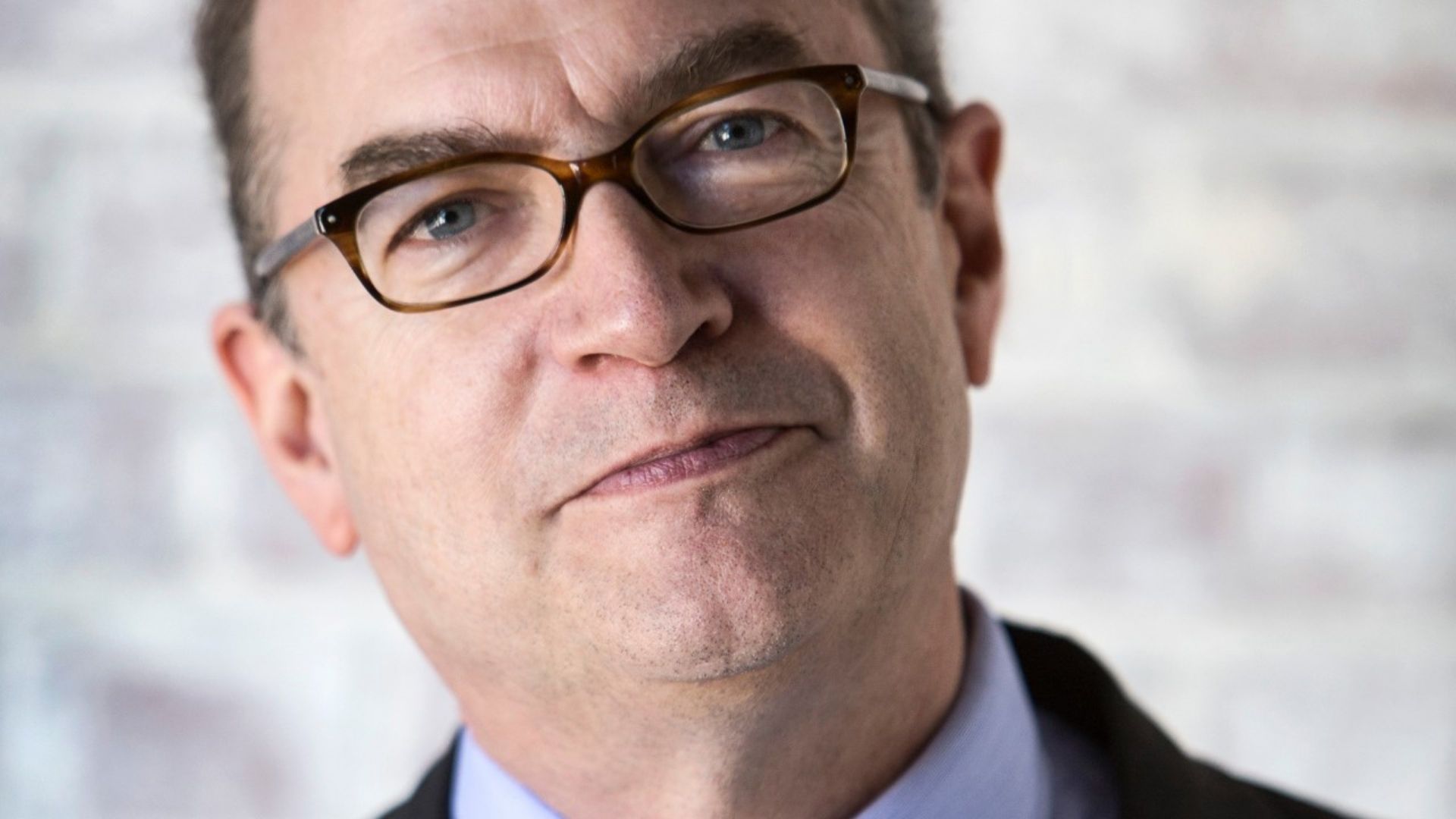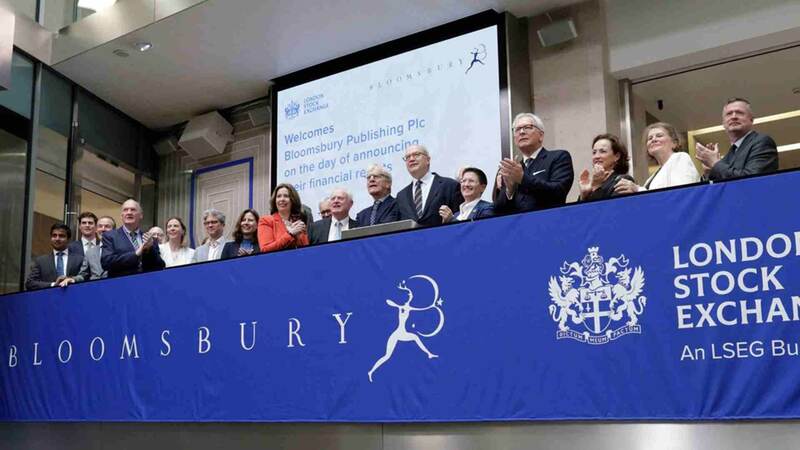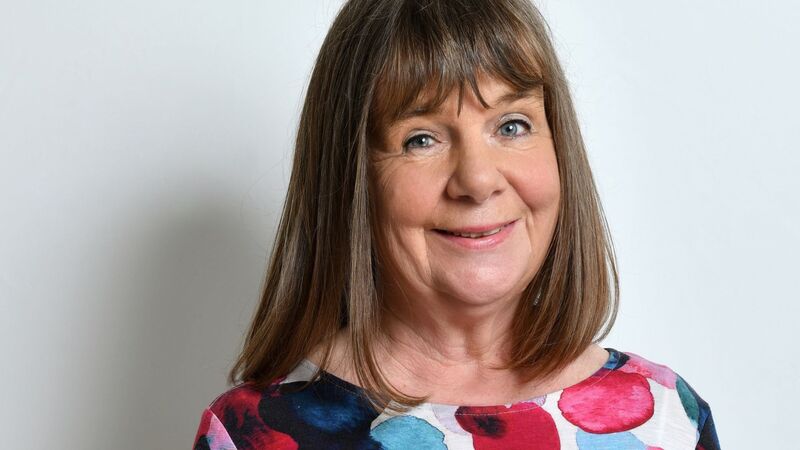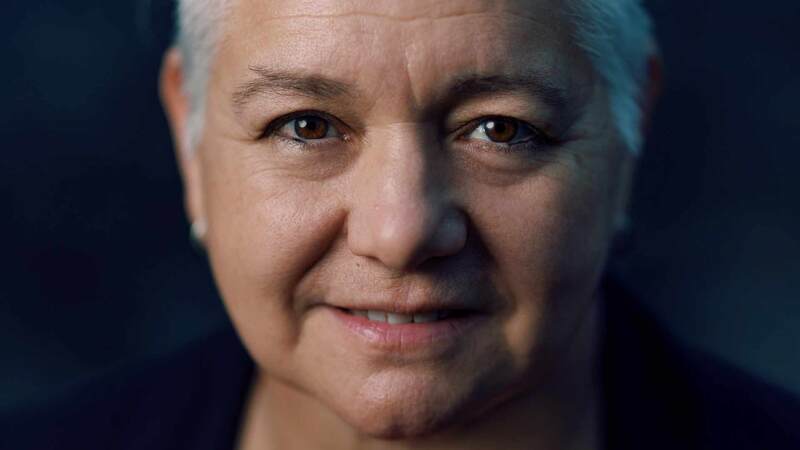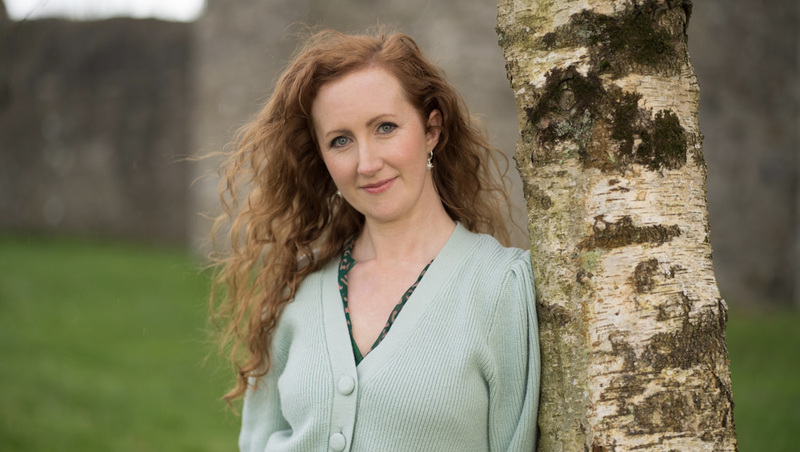Hardback sales for bestselling authors down on previous release as readers 'wince' at higher cover prices
The volume of hardback books sold in the first week of publication by some of the bestselling authors is down compared to their previous titles, despite the fact that in some cases revenues have either remained flat or gone up marginally, analysis of Bookscan data reveals. Some within the publishing industry have put this trend down to the rising prices of hardbacks, leaving customers "wincing" at the tills.
The hotly anticipated fourth novel by Sally Rooney Intermezzo (Faber) was published in September, shifting 41,607 copies in its first week of publication; down 10% on the 46,065 hardbacks of the Irish author’s 2021 novel Beautiful World Where Are You (Faber). Despite this dip in volume, the revenue brought in by Rooney’s early hardback sales remained roughly the same across both titles, having edged up 0.3% for Intermezzo.
Similarly, Jamie Oliver’s latest cookery book, Simply Jamie (Penguin Michael Joseph), brought in 1.2% more revenue than 2023’s 5 Ingredients Mediterranean (PMJ), despite having shifted 5% fewer copies. While bestselling children’s author Rick Riordan’s latest Percy Jackson novel, Wrath of the Triple Goddess (Puffin), sold 9% fewer hardback copies in its first week than his last instalment of the teenage demi-god’s adventures.
Elsewhere in Greek Myths, Stephen Fry’s Odyssey (PMJ) shifted 30% fewer copies in its first week compared to his 2020 retelling of Troy.
Meanwhile, repeat number one bestseller Richard Osman saw the volume of hardbacks of his latest novel, We Solve Murders (Viking), down 30% compared with hardbacks of 2023’s The Last Devil to Die, and revenues down almost 32%. The former shifted a little over 100,000 copies in its first week in mid-September, compared to the latter’s almost 150,000 first week sales last year. This trend was repeated with Jeffrey Archer’s hardback sales for An Eye for An Eye (HarperCollins) were down more than 30% compared with the first week’s performance of Traitor’s Gate.
Ross Bradshaw, owner of Five Leaves Bookshop in Nottingham, believes pricing has a lot to do with the drop in sales. “We have certainly seen people wincing at the price of hardbacks. Novels at £20 or £22 are hard to sell, but also popular non-fiction at £30 (William Dalrymple’s The Golden Road, for example). We are having to make stocking and re-ordering decisions we don’t like to make, while at the same time feeling we have to have these titles in,” he told The Bookseller.
He says supermarkets or other outlets like The Works, which can sell at lower prices, are having an impact, too. “Our sales of Intermezzo have been damaged by its availability at The Works, without any doubt,” he said.
“We are now planning to ask reps if their titles are going to be available [at The Works] and we will make stocking decisions accordingly. It was bad enough with [Richard] Osman, and with Heartstopper, but if more and more frontline titles are going to be available at remainder prices, indie bookshops will really suffer."
Cathryn Summerhayes, agent at Curtis Brown, said there’s still a strong appetite for reading the latest releases, but sales are slower because people have less money, or they are switching formats.
Summerhayes told The Bookseller: “There are negatives and positives. On the positive side, we’re seeing a massive uptick in audio sales. Quite a lot of readers are just shifting to another format that is more affordable, not least because of Spotify. They perhaps haven’t got time to go to bed with a heavy hardback, so they’re doing their cleaning and listening to an audiobook.”
She adds: “Obviously what we’re worried about is losing revenue, and I do think that people are really thinking before they invest in a hardback now. We are having more robust conversations with publishers about first formats, which is something that I know is complicated because of the cost margins… perhaps buyers are waiting because they are hoping there will be deep discounting closer to Christmas and in Amazon sales. We used to say there was a totally different market for hardback and paperback, but I don’t think that’s true anymore. People who maybe traditionally would have been hardback readers, are willing to wait for the paperback.”
If bestselling authors are seeing fewer sales of hardbacks, concerns are growing for new authors who don’t have an existing readership. Summerhayes says publishers are responding to this challenge by changing hardback designs. “I think about 50% of new debut hardbacks had sprayed edges this year,” she said. “Historically, there were maybe one or two a year. Part of this is obviously to try and encourage sales at full price. Secondly, publishers are very mindful of the fact that if a book is an absolute beauty, it’s going to be all over Instagram and BookTok. So, they are investing money in design, but with that investment comes an uplift in the retail price.”
Molly Murray, owner of Seahorse Bookstore, North Ayrshire, Scotland agrees that special editions and signed copies are the way to ensure hardbacks leave the shop swiftly.
Murray told The Bookseller: “We sell very few hardback novels, compared to 2021 when we first opened. The cover price increase has reduced these sales drastically. We avoid ordering hardbacks of novels now because the cover price is prohibitive for many of our readers, especially when the same editions are generally half the price in the supermarkets, but we tend to sell a lot of hardbacks that are about niche passions, such as intriguing cookbooks or very specific hobbies.
“People also order in many of these books, which we wouldn’t generally carry on the shelves just because the subject tends to be obscure and the price point would make it hard to shift. The hardbacks that we do sell are special editions and signed copies, the kind that look impressive on a shelf and carry memories and significance.”
The Bookseller attempted to reach Faber and Viking for comment.
Bookscan analysis by Alex Call

